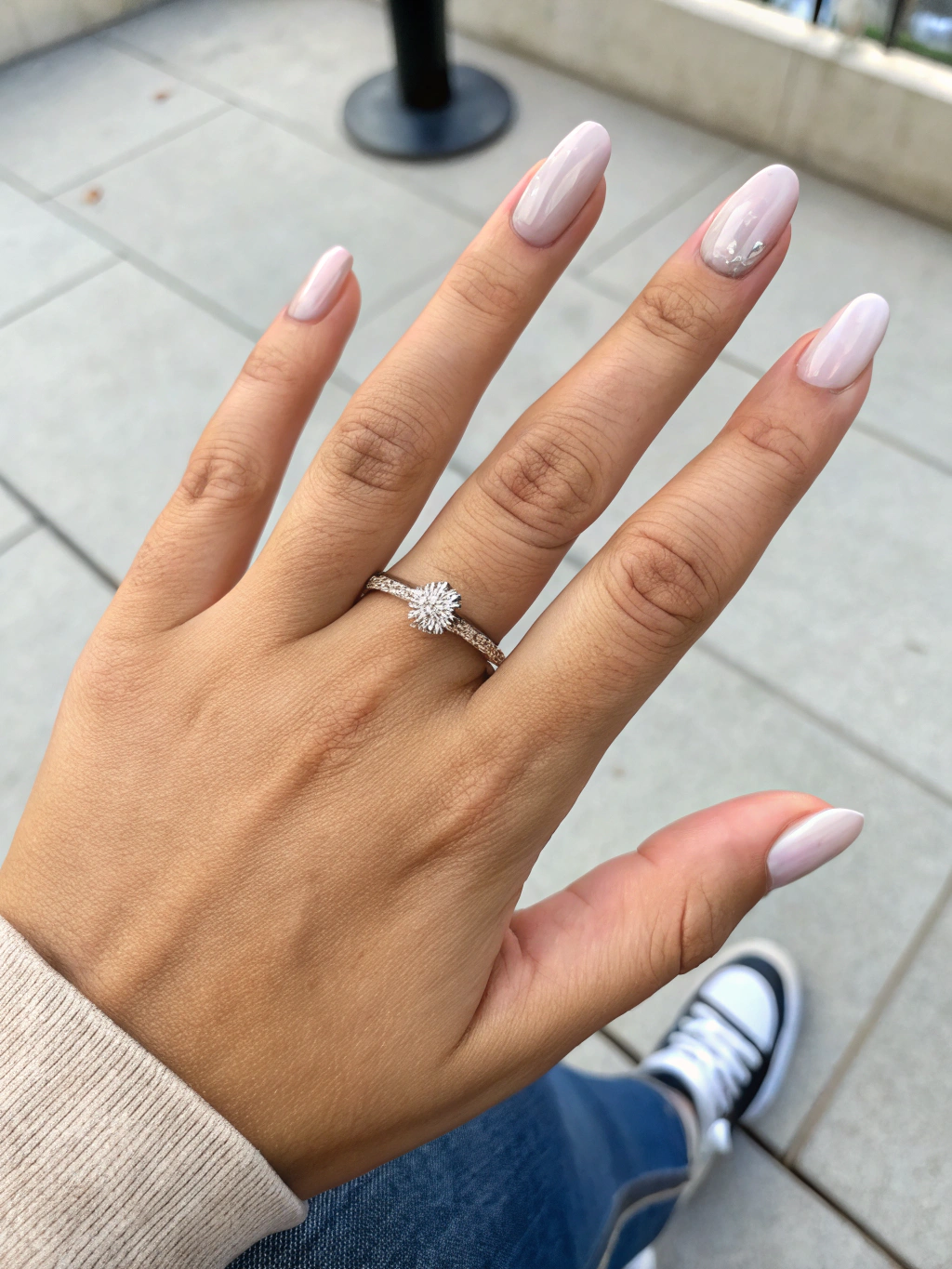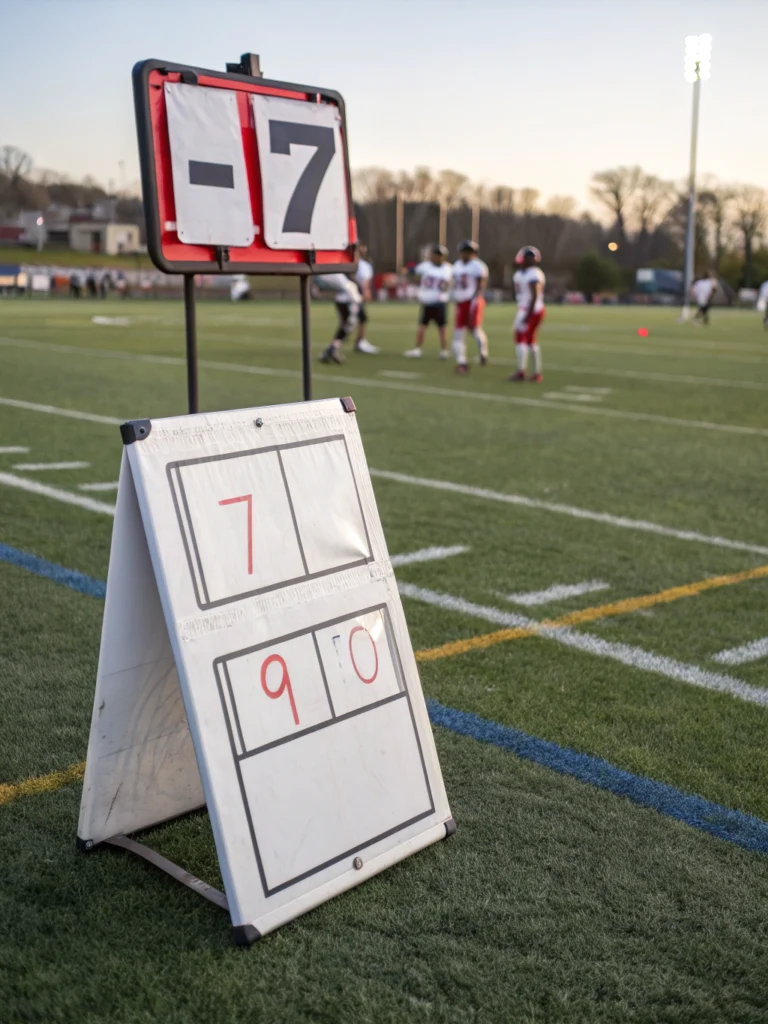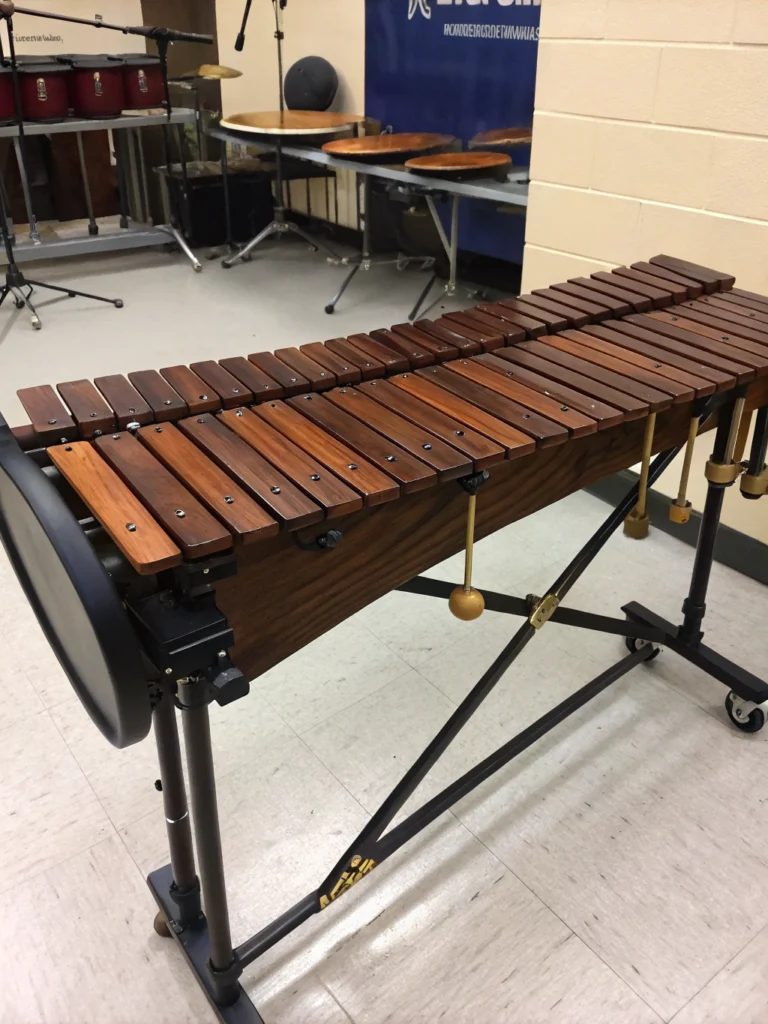What Finger Does A Promise Ring Go On? How To Wear It
Table of Contents
Introduction
Did you know that up to 70% of people feel uncertain about which finger a promise ring should be worn on? That small circle of metal carries significant meaning, yet its placement confuses many couples embarking on this pre-engagement commitment. Unsure what finger a promise ring goes on? Explore left vs. right hand choices, cultural differences, and how to wear it meaningfully. Whether you’re giving or receiving this special token, understanding the proper way to wear it helps honor its significance while respecting traditions that span centuries and cultures.
Key Information Snapshot
- Traditional Placement: Right hand, fourth finger (ring finger)
- Pre-Engagement Context: Left hand, ring finger (but moved when engaged)
- Alternative Options: Right hand pinky or middle finger
- Cultural Variations: Different countries have unique traditions
- Most Important Factor: Personal meaning between partners
Detailed Explanation
The Traditional Right Hand Placement
The most common way to wear a promise ring is on the ring finger of your right hand. This creates a clear distinction from an engagement ring, which traditionally goes on the left hand. This placement has practical benefits – it avoids confusion with engagement or wedding rings while still honoring the ring’s significance on a traditionally romantic finger.
Left Hand Options
Some couples prefer wearing promise rings on the left hand, particularly when the promise directly relates to future marriage. In these cases, what finger do you wear a promise ring on becomes a more personal choice. If worn on the left ring finger, the promise ring is typically moved to another finger (or hand) once an engagement ring enters the picture.
Cultural Differences
Ring placement varies significantly across cultures:
- In the United States and United Kingdom: Right hand ring finger is most common
- In South American countries: Left hand ring finger often signifies a serious relationship
- In some European countries: Different fingers carry different meanings (pinky for single status, middle finger for relationship)
Promise Rings for Different Relationships
The finger choice may also reflect the type of promise being made:
- Romantic promises: Ring or middle finger
- Friendship promises: Pinky finger
- Self-promises or commitments: Middle finger or thumb
- Religious commitments: Ring finger of either hand
Related Facts or Tips
Did you know? Promise rings date back to 16th century England, where “posy rings” inscribed with romantic poems were exchanged as tokens of affection.
Tip: When selecting a promise ring, choose a style different from traditional engagement rings to avoid confusion. Many couples opt for simpler bands, heart motifs, or infinity symbols.
Did you know? About 32% of Americans under 30 have given or received a promise ring, showing their enduring popularity despite changing relationship norms.
Tip: If you plan to eventually replace your promise ring with an engagement ring, consider how the promise ring might pair with other jewelry you’ll wear in the future.
Common Questions (FAQs)
Can I wear my promise ring on any finger I want?
Absolutely! While traditions exist, the meaning comes from your personal choice. What matters most is the commitment it represents, not the finger it adorns.
Should promise rings match between partners?
They can, but they don’t need to. Some couples choose matching rings to symbolize their connection, while others select rings that reflect individual personalities.
How do I transition from a promise ring to an engagement ring?
Most people move their promise ring to their right hand or another finger when they receive an engagement ring. Some incorporate the promise ring into a necklace or keep it safely stored as a memento.
Are promise rings only for romantic relationships?
No, promise rings can symbolize many commitments, including friendship, sobriety, religious devotion, or personal goals.
Practical Applications or Real-Life Uses
Having the Conversation
When giving a promise ring, clearly communicate its meaning. You might say something like:
“I’m giving you this ring as a symbol of my promise to always be honest with you.”
or
“This ring represents my commitment to our future together.”
Being specific helps avoid misunderstandings about what the promise entails.
Wearing It Proudly
Your promise ring isn’t just jewelry—it’s a daily reminder of a meaningful commitment. Some ways to honor this include:
- Creating a simple “giving ceremony” that makes the moment memorable
- Taking a photo of the ring exchange to commemorate the moment
- Sharing the story behind the ring when friends notice it
Mistakes to Avoid
Misunderstanding the Commitment
A promise ring carries significant meaning. Don’t give one if you’re not ready for the commitment it represents. Be clear about what you’re promising.
Creating Confusion
Avoid rings that look too similar to engagement rings, especially if worn on the left ring finger. This can create awkward misunderstandings and unwanted congratulations.
Overspending
Promise rings typically cost less than engagement rings. The average spent is between $100-$500. Remember, it’s the sentiment that matters most, not the price tag.
Ignoring Personal Preferences
Some people don’t wear rings regularly and might prefer a different symbol of promise, like a bracelet or necklace. Consider your partner’s style and comfort.
Conclusion
The tradition of promise rings offers flexibility in both meaning and placement. Whether you choose the conventional right ring finger or create your own tradition, what matters most is the meaning you both attach to this symbol. The right finger is ultimately the one that feels right to you. Consider your relationship’s unique nature, future plans, and practical comfort when deciding where to wear your promise ring. Have you received or given a promise ring? We’d love to hear about your experience in the comments below!






